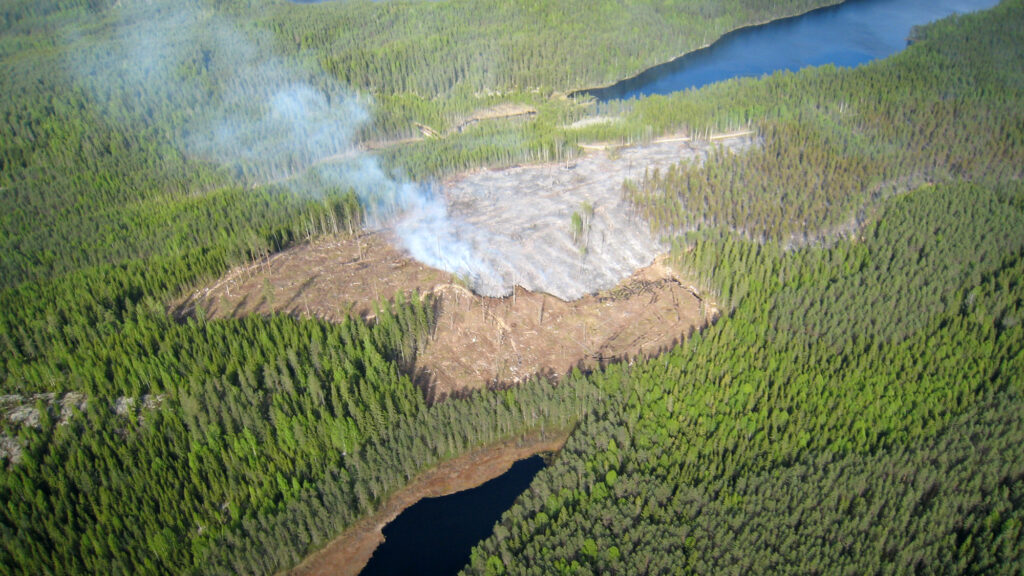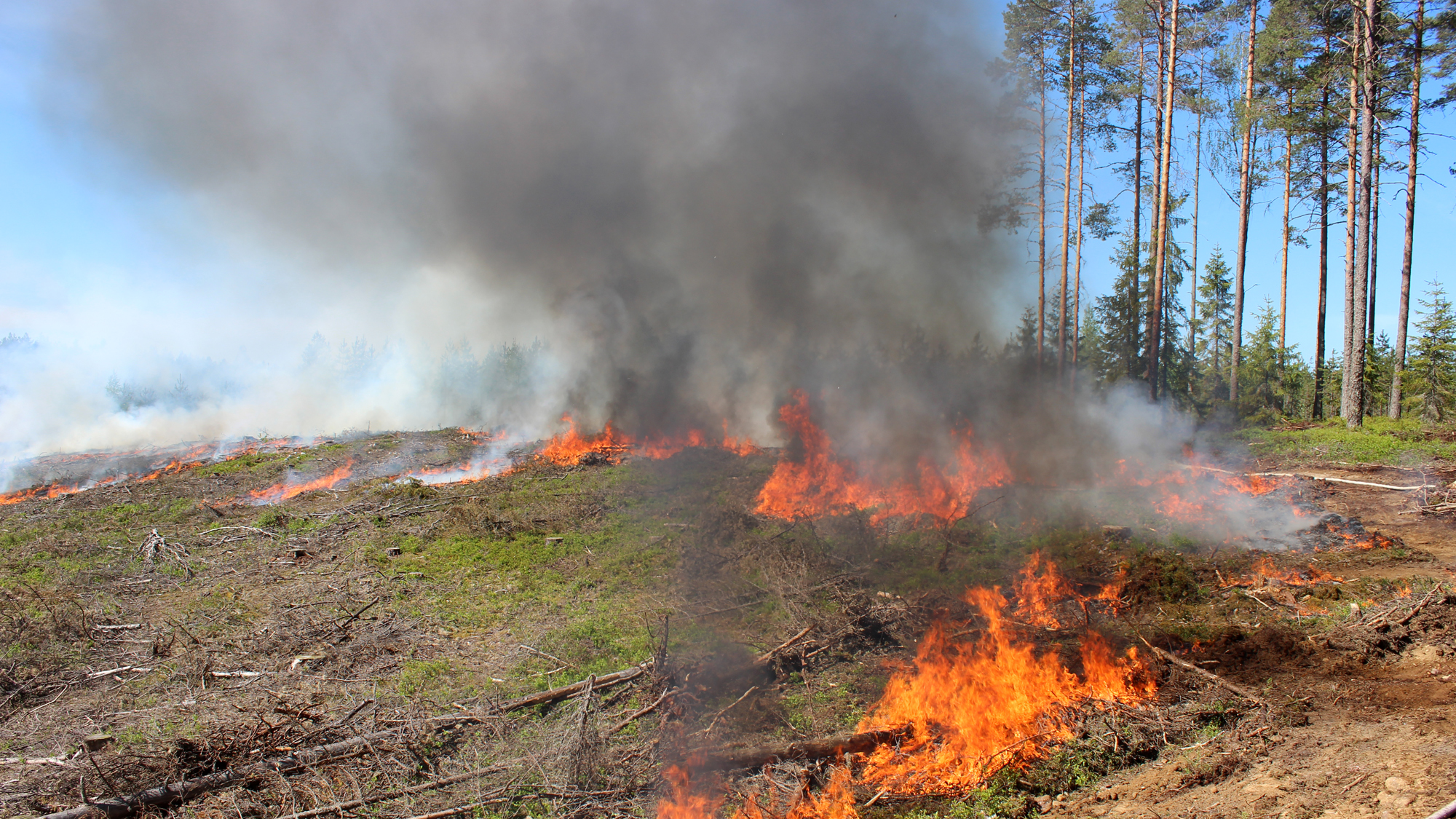Researchers: Harvesting can be increased sustainably – if nature management is not forgotten

According to researchers, the nature management needed includes increasing decayed wood by leaving retention trees and other methods, controlled burning and the activities defined in the Metso biodiversity action programme.
The Natural Resources Institute Finland and the Finnish Environment Institute have prepared an evaluation of the sustainability of Finland’s forest use for the Round Table discussions led by Mr. Kimmo Tiilikainen, Minister of Agriculture and the Environment. The evaluation focuses on ecological sustainability, the safeguarding of which is also what the discussions aim at.
The evaluation consists of a description of the present state of forest use, the assessment of future development and proposals for action needed. The researchers behind the evaluation are Mr. Taneli Kolström, Director at the Natural Resources Institute Finland, and Mr. Petri Ahlroth, Director at the Finnish Environment Institute.
Timber stock in Finnish forests is increasing
Future development is evaluated on the basis of three scenarios. The first is based on the present harvesting level, the second on the higher harvesting level defined in the current forest policy and the third on the highest sustainable level of harvesting.
The researchers consider that the timber stock in Finnish forest will increase in all scenarios. In the “current forest policy” scenario, the timber stock will increase from the current figure of just under 2,100 million cubic metres to just above 2,500 million cubic metres by 2055.
On the other hand, the harvesting areas do not expand to a similar extent, thanks to the fact that the forests are becoming denser. The area of thinnings undertaken each year would only increase by 2,000 hectares from the current figure of 465,000, and the area of regeneration fellings would grow by 18,000 hectares from the current figure of 155,000.
The total area of Finnish commercial forests is around 20 million hectares.
The amount of stout timber would also increase in all scenarios, although only after a short decline.
In the “current forest policy” scenario the volume of stout coniferous trees – that is, with a stem diameter of more than 30 centimetres at a height of 1.3 metres – would almost double, and the volume of broadleaved trees would increase 2.5-fold in southern Finland and even threefold in northern Finland.
Also the age structure of Finnish forests is, according to the researchers, appropriate for increased harvesting.

Amount of decayed wood can be increased
In consequence, it is possible to increase the amount of decayed wood, which is a critical factor for several forest habitats and endangered species. This means that the favourable development already observed could continue.
This may be illustrated by the amount of deadwood that could be used as fuelwood, if for nothing else, which reached it lowest level in the 1970s. This was because in the 1960s people still used to remove all trees brought down by winds for use as fuelwood, but since then they have largely been left lying in the forest.
As a result, the amount of usable deadwood in the forests in southern Finland has increased fourfold since the 1960s and by a quarter in northern Finland.
The amount of decayed wood has also increased due to the practice of leaving retention trees in the forest in connection with regeneration fellings, as is required by forest certification. This practice was started in the late 1990s.
Since then, the amount of decayed wood has increased only slightly, by about 3 to 3.5 cubic metres per hectare in southern Finland. In protected forests the increase has been clearly larger.
The researchers strongly recommend that the amount of decayed wood in the forests should be increased. This should be achieved by leaving retention trees and by making sure that valuable habitats are spared in commercial forests.
Metso programme must be safeguarded
The area of habitats spared in connection with fellings has clearly increased during the past few years. The researchers also recommend that controlled burning is increased, as many endangered species thrive on scorched wood or in wildfire sites.
The area of controlled burning has significantly decreased during the last few years, probably because it is a very expensive method. At its highest, the area of controlled burning was close to 7,000 hectares in 1998–2002, as against to only 2,000 hectares in 2008–2012.
In addition to what is recommended, it is equally interesting to see what they researchers do not recommend. They say nothing about increasing strict forest protection, except by the means mentioned in the Metso biodiversity action programme. According to them, it is extremely important that the Metso programme is implemented according to plan.
The funding for the Metso programme has faced severe cutbacks due to poor state finances. The forest sector and the environmental organisations have jointly demanded the cuts to be revoked, but to no result.
Previously in forest.fi: Minister’s round table to improve forest biodiversity
About forest biodiversity in Forest Facts in forest.fi
Kirjoita kommentti